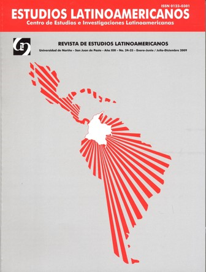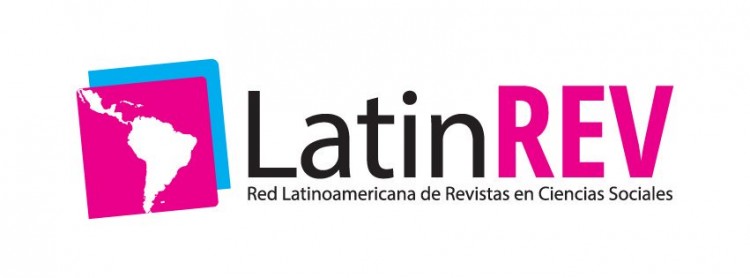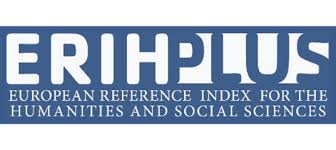Los Festivales Caribeños Máxima Expresión de la Identidad Étnica
Keywords:
Caribbean, Myth, Ritual, Ethnicity, Hosay, Ramleela, CarnivalAbstract
Front with the sense of isolation produced by the Caribbean’s ambivalent relationships with its insular geography and dispersion -historically conditioned-, the residents have developed the need to link their existence with cultural universe. The festivals are expressions of a Caribbean culture where myth and rite are fused to instant temporary cyclical.
Historically the myth is correlated to the ritual, is the story that the ritual, re-present. They are sacred or secular, this involve a creative process, aesthetic and community spirit. This is expressive practices aimed at issues related to the formation of ethnic identity and race relations in a multiethnic society such as Trinitarian. The Hosay festival dramatizes the martyrdom of Husayn. The Trinidad rituals move from the subjective to the household, where happen private, esoteric activities.
Carnival is held annually, mainly by the descendants of Africans. For them, the carnival and the calypso are the oracles, to their survival from slavery. Hosay, Ramleela and the Carnival are emblematic of the Trinity multicultural society, and these show multiple discourses on national culture, race and the ethnic identity.











_(2).png)








